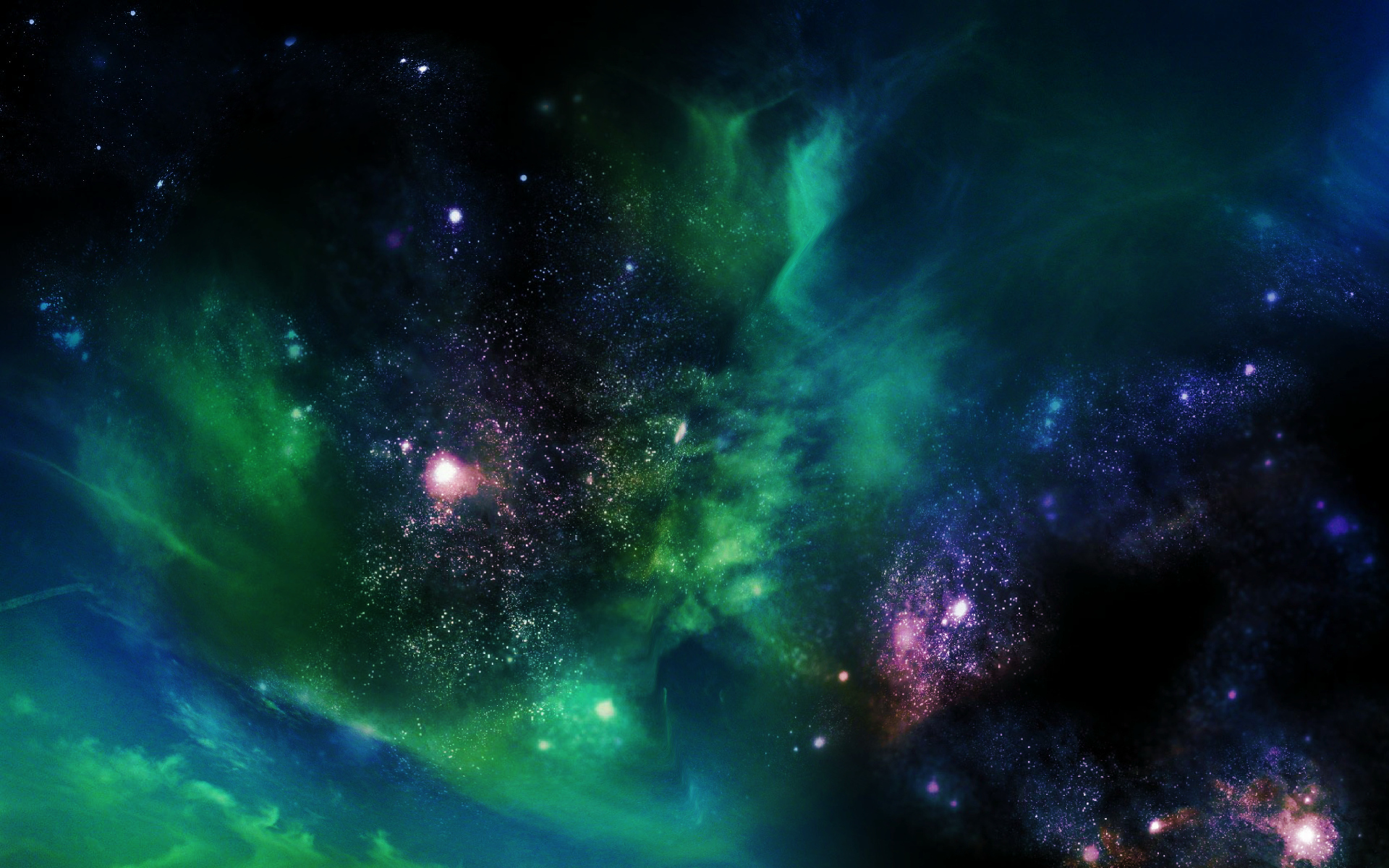
A powerful new telescope is allowing an international team of scientists to have their
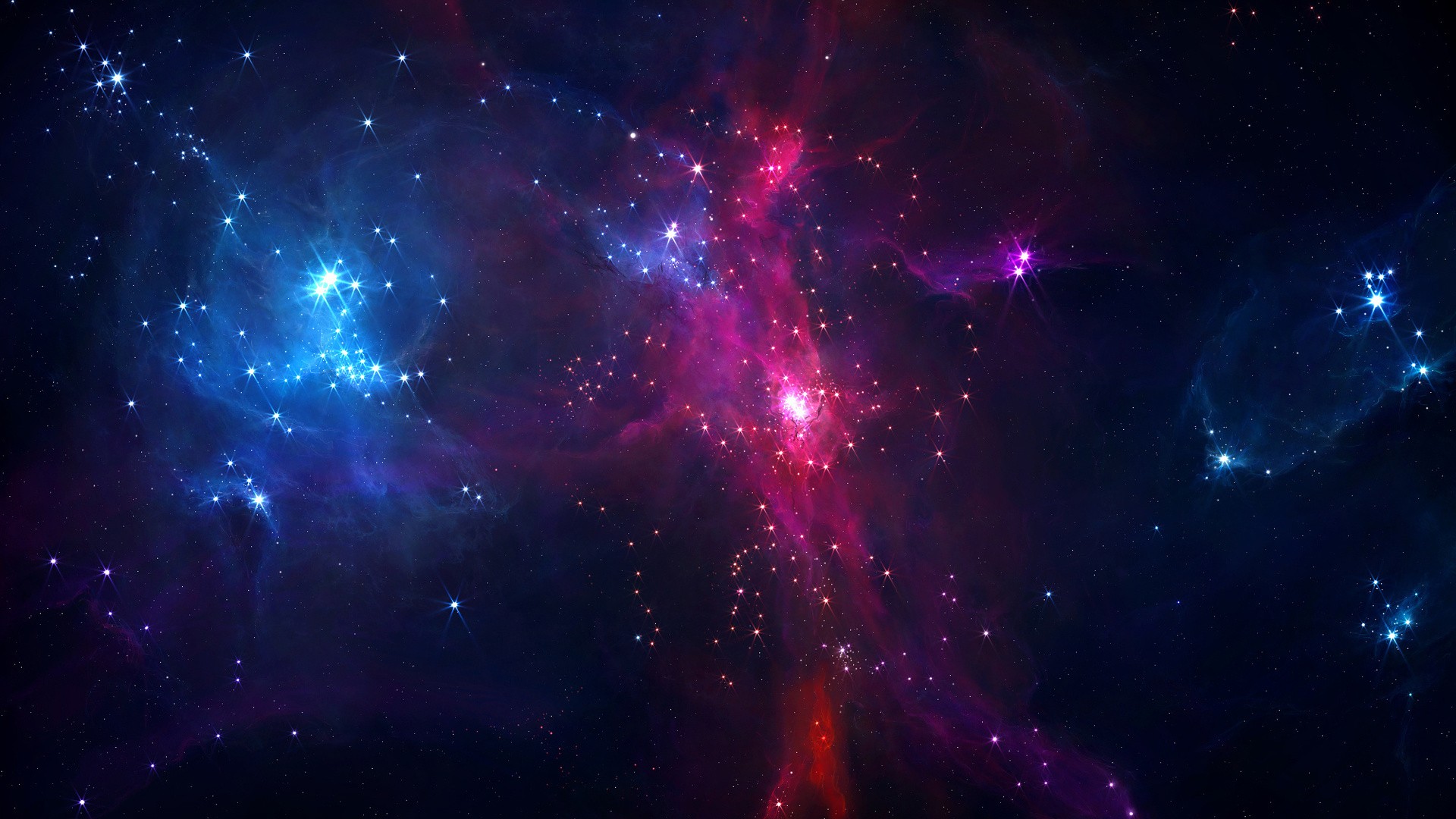
Astronomers across the globe can now sift through hundreds of millions of galaxies, stars and asteroids collected in the first bundle of data from NASA
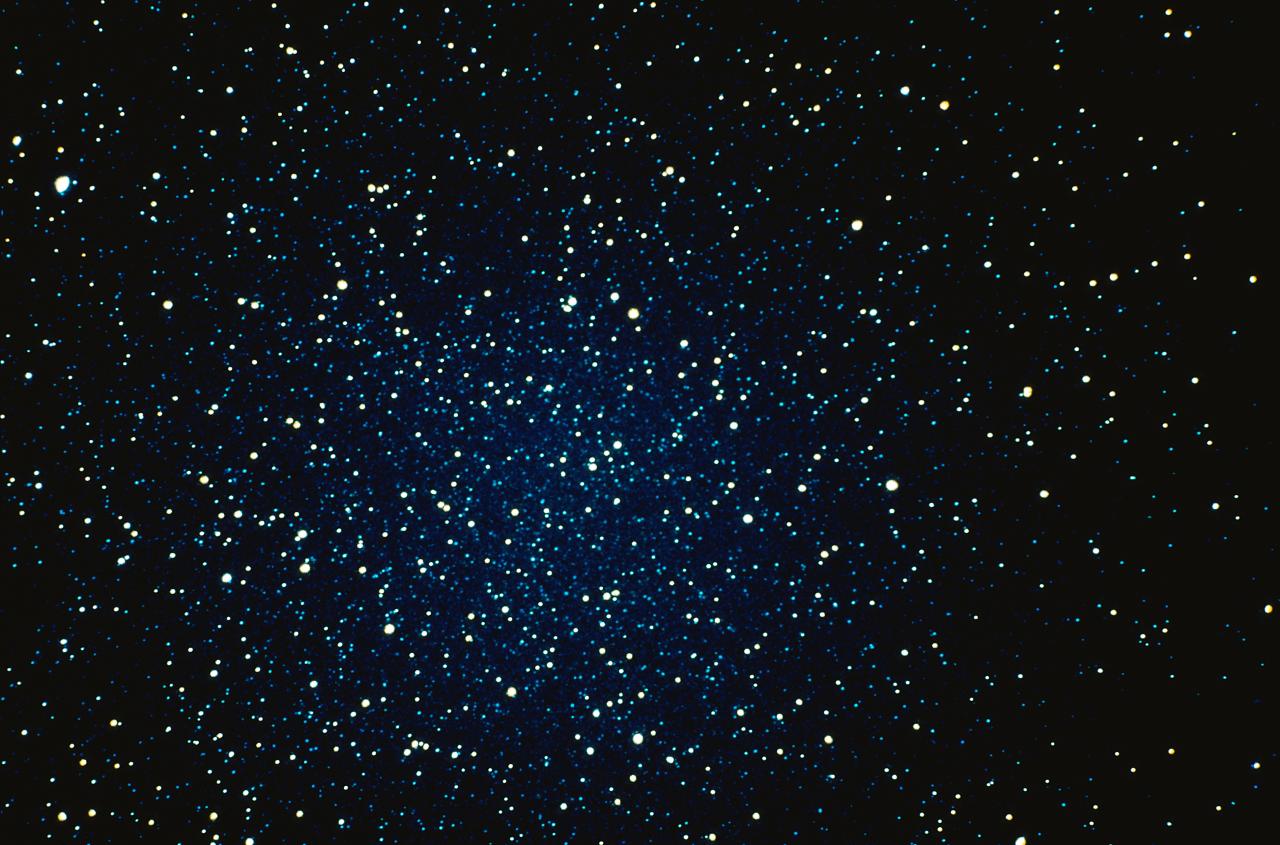
(PhysOrg.com) -- In 1998, scientists discovered that the Universe is expanding at an accelerating rate. Currently, the most widely accepted explanation for this observation is the presence of an unidentified dark energy, although several other possibilities have been proposed. One of these alternatives is that some kind of repulsive gravity – or antigravity – is pushing the Universe apart. As a new study shows, general relativity predicts that the gravitational interaction between matter and antimatter is mutually repulsive, and could potentially explain the observed expansion of the Universe without the need for dark energy.

Using the amplifying power of a cosmic gravitational lens, astronomers have discovered a distant galaxy whose stars were born unexpectedly early in cosmic history. This result sheds new light on the formation of the first galaxies, as well as on the early evolution of the Universe.
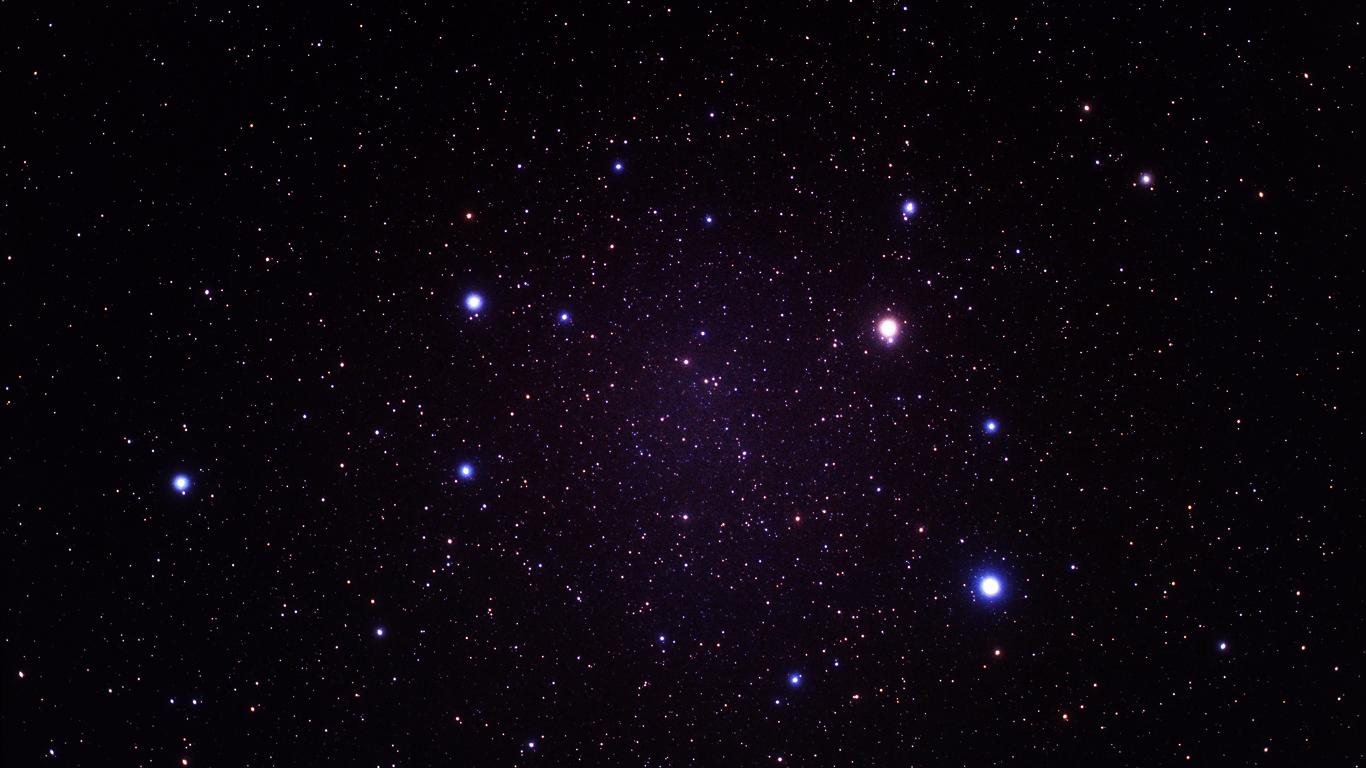
Scientists have isolated and resolved the mysterious
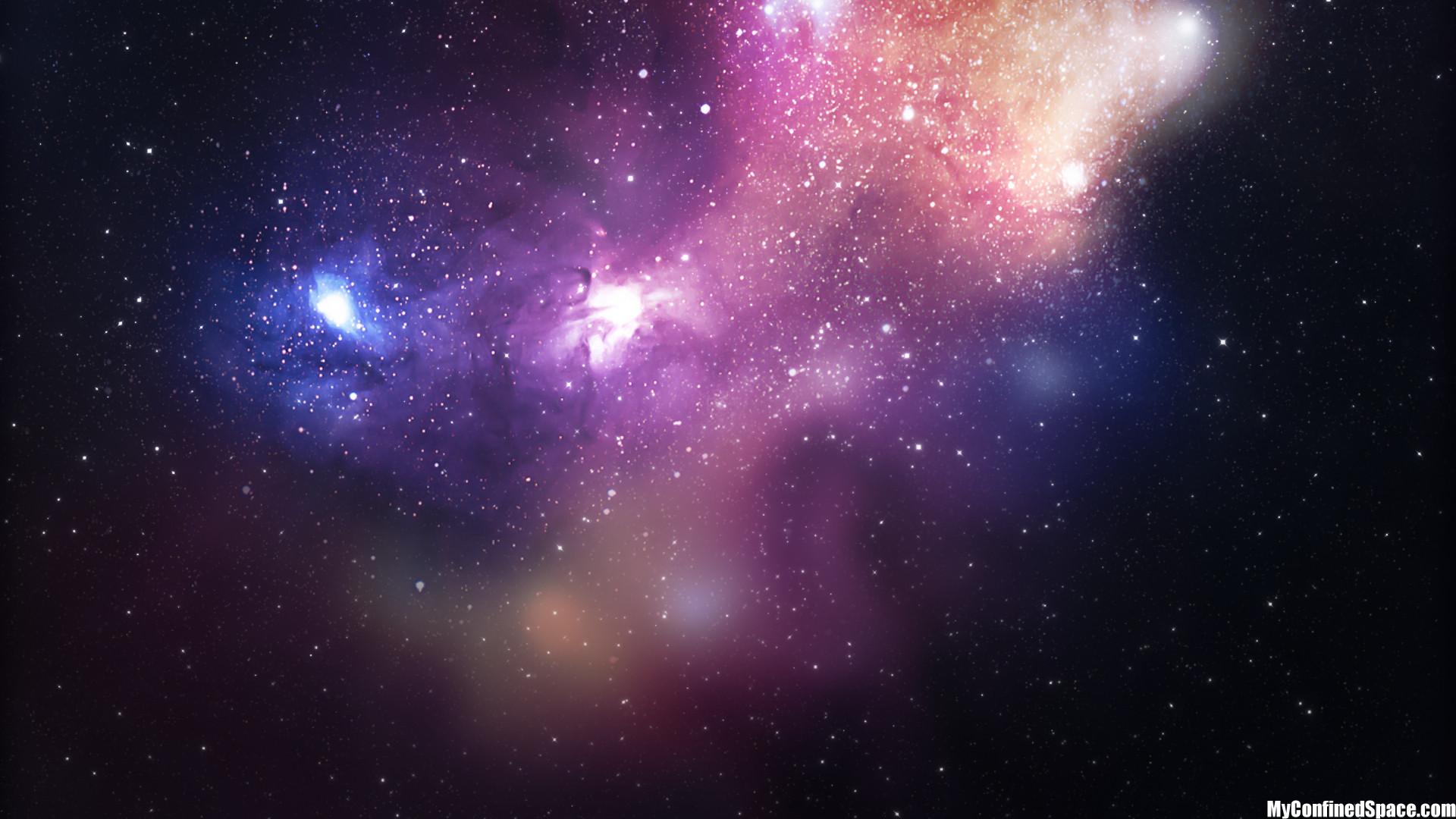
The hypothetical dark flow seen in the movement of galaxy clusters requires that we can reliably identify a clear statistical correlation in the motion of distant objects which are, in any case, flowing outwards with the expansion of the universe and may also have their own individual (or peculiar) motion arising from gravitational interactions.

Are we all Martians?

You might think it’s hard to have a conversation with theoretical physicist Brian Greene. His research specialty is superstring theory, the hypothesis that everything in the universe is made up of miniscule, vibrating strands of energy. Luckily for an interviewer, Greene has a knack for explaining difficult concepts to non-scientists.

(PhysOrg.com) -- Several speculative theories in physics involve extra dimensions beyond our well-known four (which are broken down into three dimensions of space and one of time). Some theories have suggested 5, 10, 26, or more, with the extra spatial dimensions "hiding" within our observable three dimensions. One thing that all of these extra dimensions have in common is that none has ever been experimentally detected; they are all mathematical predictions.
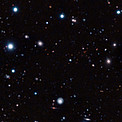
Astronomers have used an armada of telescopes on the ground and in space, including the Very Large Telescope at ESO’s Paranal Observatory in Chile to discover and measure the distance to the most remote mature cluster of galaxies yet found. Although this cluster is seen when the Universe was less than one quarter of its current age it looks surprisingly similar to galaxy clusters in the current Universe.

Astronomers have discovered a new cosmic explosion: a gamma-ray burst and its associated supernova. Gamma-ray bursts (GRBs) are the most powerful blasts in the Universe, and are thought to be created in the deaths of the most massive stars.

The various spiral arm segments of the Sunflower galaxy, also known as Messier 63, show up vividly in a new image taken in infrared light by NASA
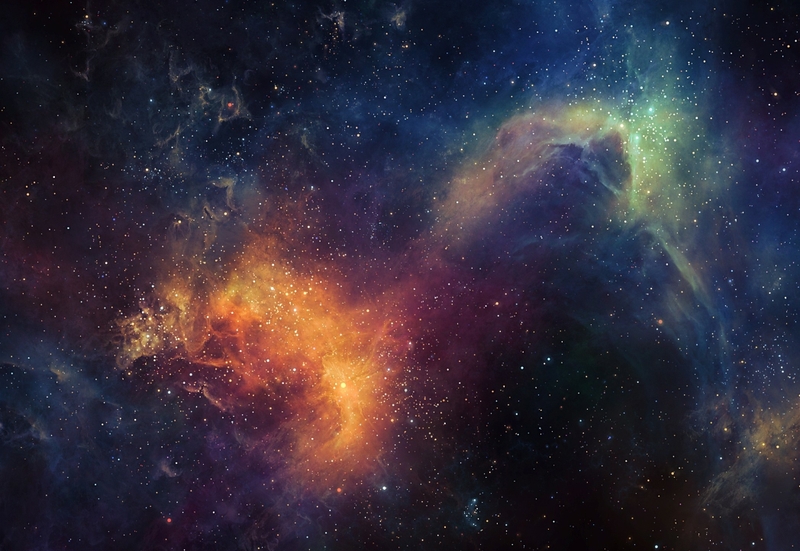
Richard B. Hoover, Ph.D. NASA/Marshall Space Flight Center has discovered evidence of microfossils similar to terrestrial cyanobacteria in freshly fractured
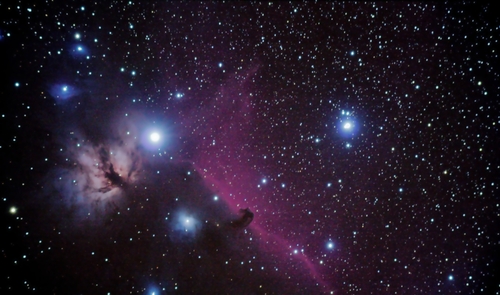
The vision of a joint US and European mission to Mars faces a radical rethink as the US admits its funding will come up $1bn short.